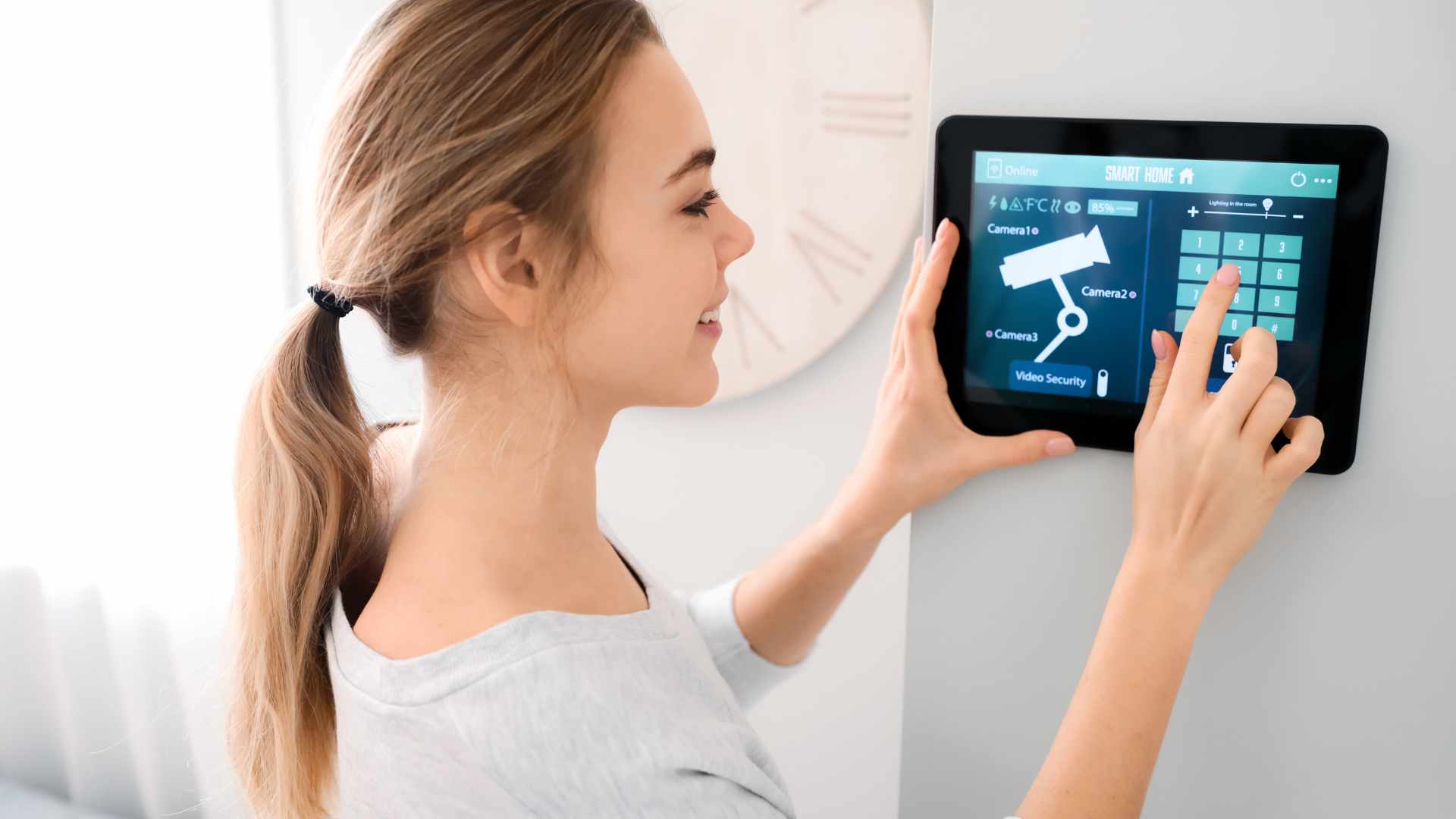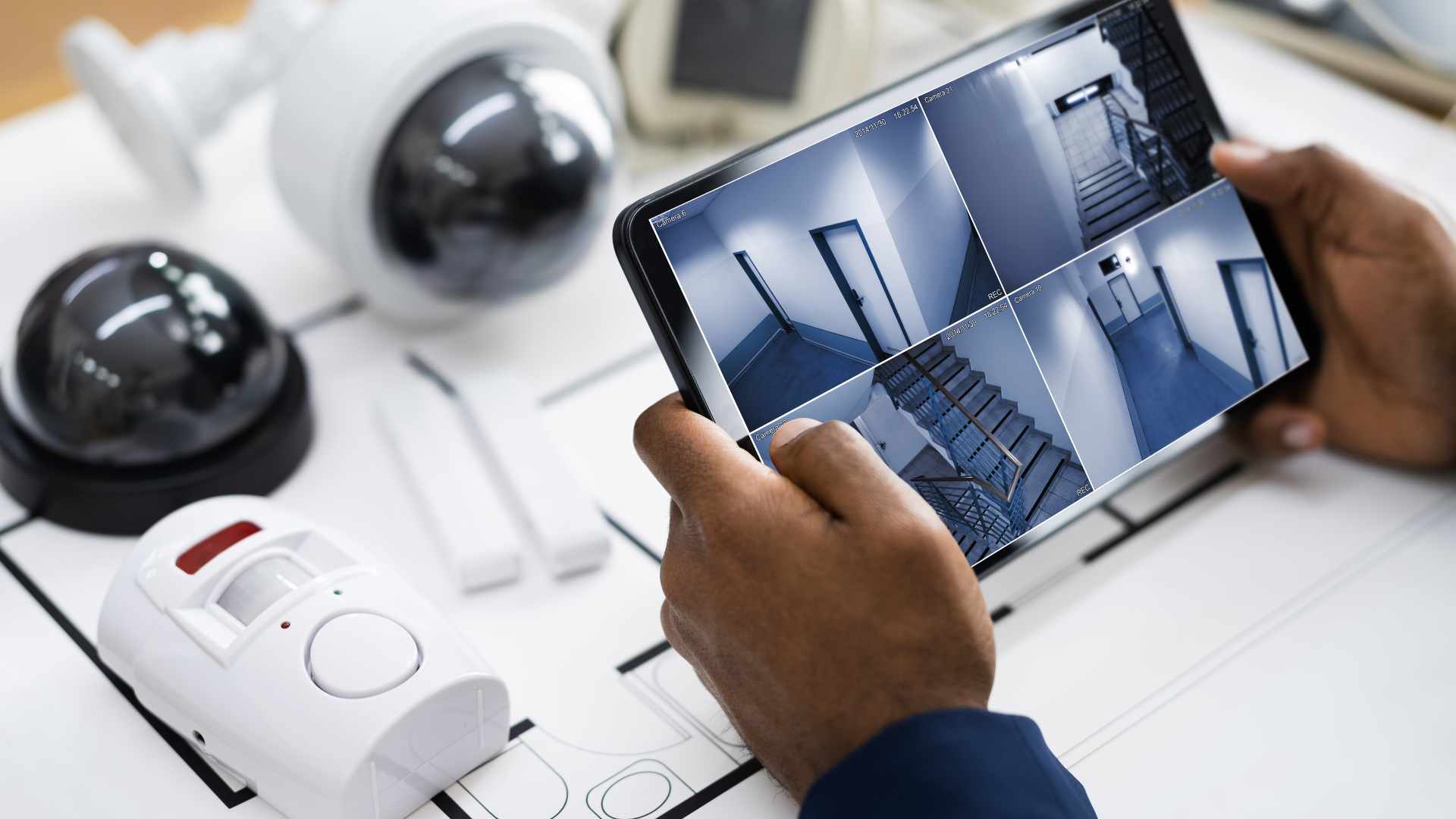Ensuring robust security for both digital and physical environments is paramount. Organisations and homeowners must adopt comprehensive strategies to protect their assets and data. Integrating automated security systems with existing measures is one of the most effective ways to bolster security.
Automated security systems, powered by advanced technologies like artificial intelligence (AI) and machine learning (ML), offer real-time threat detection, rapid response capabilities, and enhanced operational efficiency. These systems can seamlessly work with current security infrastructure, creating a multi-layered defence that adapts to emerging threats.
We will explore the intricacies of the current security landscape, understand the benefits of automated security integration, and provide a step-by-step guide to incorporating these advanced systems into your existing security framework. By leveraging automation, you can enhance protection, reduce human error, and achieve greater efficiency in managing security threats.
What Are The Steps to Integrate Automated Security?
Integrating automated security into your home provides a comprehensive and flexible solution to modern security needs. By following these steps, you can create a seamless, efficient, and highly secure living environment, enhancing both safety and convenience. Embrace the future of home security by integrating smart devices and automation to protect your home and loved ones. Integrating automated security into your home not only enhances safety but also provides convenience and efficiency.
Step 1: Assess Your Needs
Before integrating automated security, it’s essential to assess your specific needs:
- Identify Key Areas: Determine the areas in your home that require monitoring, such as entrances, living spaces, and outdoor areas.
- Define Security Goals: Outline what you aim to achieve with automation, such as remote monitoring, real-time alerts, or energy efficiency.
Step 2: Choose Compatible Devices
Selecting the right devices is crucial for a seamless integration. Common devices to consider include:
- Smart Cameras: For indoor and outdoor monitoring, offering features like motion detection and night vision.
- Smart Locks: Keyless entry systems that can be controlled remotely.
- Motion Sensors: To detect movement and trigger alerts or actions.
- Smart Thermostats and Lights: For energy management and enhancing security by simulating occupancy.
Step 3: Invest in a Central Hub
A central hub is the heart of your automated security system, allowing various devices to communicate and be controlled from a single point. Popular hubs include:
- Smart Home Hubs: Such as Amazon Echo or Google Nest Hub.
- Dedicated Security Hubs: Provided by companies like ADT, integrating with their security systems and services.
Step 4: Install and Configure Devices
Proper installation and configuration are essential for optimal performance:
- Professional Installation: Consider hiring professionals for installing complex systems to ensure they are set up correctly.
- DIY Installation: For simpler systems, follow the manufacturer’s guidelines for installation and configuration.
Step 5: Integrate Devices with Automation Systems
Integration allows your security devices to work together and be controlled via a central app or voice commands:
- Mobile Apps: Use dedicated apps to control and monitor your devices from anywhere.
- Voice Assistants: Integrate with voice assistants like Alexa or Google Assistant for hands-free control.
Step 6: Set Up Automation Routines
Create routines that automate your security system based on specific triggers or schedules:
- Geofencing: Automate security based on your location. For example, set the system to arm when you leave the house.
- Time-Based Routines: Schedule actions like locking doors or turning on lights at specific times.
Step 7: Monitor and Maintain Your System
Regular monitoring and maintenance are critical to ensure the system functions correctly:
- Regular Checks: Periodically check that all devices are working and update firmware as needed.
- Respond to Alerts: Act promptly on alerts and notifications to address potential security issues.
Benefits of Integrating Automated Security
Integrating automated security systems offers a multitude of benefits, from enhanced threat detection and response to improved operational efficiency and cost savings. For organisations and homeowners alike, automation provides a proactive and scalable solution to the ever-evolving security landscape. By embracing automation, we can build more secure, efficient, and resilient environments.
Automated security integration is not just a technological advancement but a strategic necessity. It enhances threat detection, reduces human error, improves operational efficiency, and ensures compliance, all while providing significant cost savings. As security threats become more sophisticated, automation will play an increasingly critical role in safeguarding our digital and physical environments.
Enhanced Threat Detection and Response
Automated security systems leverage artificial intelligence (AI) and machine learning (ML) to detect and respond to threats in real time. These systems can analyse vast amounts of data, identifying patterns and anomalies that might indicate a security breach. By automating threat detection, organisations can respond more swiftly and effectively to incidents, minimising potential damage.
- 24/7 Monitoring: Automated systems can continuously monitor networks and environments, providing round-the-clock vigilance against potential threats.
- Rapid Response: Automation enables quicker response times to incidents, which is crucial in mitigating the impact of security breaches.
Reduced Human Error
Human error is a significant factor in many security breaches. Overworked and overwhelmed security analysts may overlook critical threats or make mistakes during routine tasks. Automated security systems reduce this risk by handling repetitive and tedious tasks, ensuring greater accuracy and consistency.
- Consistency: Automated processes ensure that security protocols are applied consistently across all systems.
- Relief for Security Teams: By automating routine tasks, security teams can focus on more complex and strategic aspects of cybersecurity.
Improved Operational Efficiency
Security automation enhances operational efficiency by streamlining security processes. This includes tasks such as vulnerability management, patch management, and incident response.
- Efficiency Gains: Automated tools can perform tasks much faster than human analysts, reducing the time required to address security issues.
- Resource Optimization: Automation allows organisations to optimise their resources, potentially reducing the need for additional security personnel or external consultants.
Cost Savings
Implementing automated security systems can lead to significant cost savings. By reducing the need for manual intervention and improving the efficiency of security operations, organisations can lower their overall security expenditures.
- Reduced Labour Costs: Automation reduces the need for a large security team, lowering personnel costs.
- Minimised Impact of Breaches: Faster detection and response to security incidents can reduce the financial impact of data breaches and other security events.
Enhanced Compliance
For organisations operating in regulated industries, maintaining compliance with security standards and regulations is crucial. Automated security systems help ensure compliance by automating processes related to data protection, access control, and audit logging.
- Regulatory Adherence: Automation ensures that compliance processes are consistently followed, reducing the risk of regulatory breaches.
- Audit Readiness: Automated systems can generate reports and logs required for compliance audits, simplifying the audit process.
Scalability
As organisations grow, their security needs become more complex. Automated security systems can easily scale to meet these evolving requirements, providing a flexible and adaptable security infrastructure.
- Flexible Scaling: Automated tools can be scaled up or down based on the organisation’s needs, ensuring that security measures keep pace with growth.
- Future-Proofing: Automation helps future-proof security operations by enabling organisations to quickly adapt to new threats and changes in the IT environment.
Integration with Home Automation
Integrating security systems with home automation offers enhanced security and convenience for homeowners. Automated security features like real-time alerts, remote access, and automated lock systems provide robust protection while offering seamless control over home environments.
- Convenience: Homeowners can manage security systems, lighting, heating, and other home automation features from a single interface, enhancing overall convenience.
- Enhanced Security: Automated systems can proactively manage security, locking doors, and windows or activating alarms in response to detected threats.
Conclusion
Integrating automated security systems with existing measures has become essential for safeguarding digital and physical environments in an era marked by rapidly evolving cyber threats. As we’ve explored, the benefits of automated security are manifold, including enhanced threat detection, rapid response capabilities, and improved operational efficiency. These advanced systems leverage artificial intelligence and machine learning to provide a robust, multi-layered defence against various security threats.
Organisations and homeowners can build a resilient security posture by understanding the current security landscape and recognizing the critical components of adequate security-people, data, and infrastructure. The integration process, from assessing your needs to choosing compatible devices and setting up automation routines, ensures a seamless and efficient security solution.
Automated security systems not only bolster protection but also reduce human error and offer significant cost savings. Moreover, they provide scalability and compliance benefits, making them a strategic necessity in today’s dynamic threat environment. As security threats continue to grow in sophistication, embracing automation is not just an option but a crucial step towards achieving a secure, efficient, and resilient environment, emphasising the urgency and importance of their implementation.
FAQs About Automated Security
How Do You Determine Which Areas Of Your Home Or Business Need Automated Security Measures?
Start by conducting a thorough assessment of your property. Identify high-risk areas such as entrances, windows, and critical infrastructure. Consider the specific security goals you want to achieve, like real-time monitoring or remote access. This will help you decide where to implement automated security systems for maximum effectiveness.
What Types Of Devices Are Essential For Integrating Automated Security Into My Existing Setup?
Essential devices for integrating automated security include smart cameras for monitoring, smart locks for keyless entry, motion sensors for detecting movement, and smart thermostats and lights for managing energy and simulating occupancy. Choosing compatible devices that can communicate with each other and a central hub is crucial.
Can You Integrate Automated Security Systems With Your Existing Security Infrastructure?
Yes, most modern automated security systems are designed to integrate seamlessly with existing security measures. This includes traditional alarm systems, CCTV cameras, and access control systems. Using a central hub or smart home platform can help facilitate this integration, allowing for centralised control and monitoring.
What Are The Benefits Of Using Automated Security Systems Over Traditional Security Measures?
Automated security systems offer several advantages over traditional measures, including real-time threat detection, rapid response capabilities, reduced human error, and enhanced operational efficiency. They provide 24/7 monitoring, can analyse large amounts of data for anomalies, and often result in cost savings by optimising resource use and reducing labour costs.
How Can You Ensure That Your Automated Security System Remains Effective Over Time?
Regular maintenance and updates are key to ensuring the ongoing effectiveness of your automated security system. This includes periodically checking that all devices are functioning correctly, updating firmware, and responding promptly to alerts and notifications. Additionally, continuously educating yourself and your employees about emerging threats and best practices can help maintain a robust security posture.


